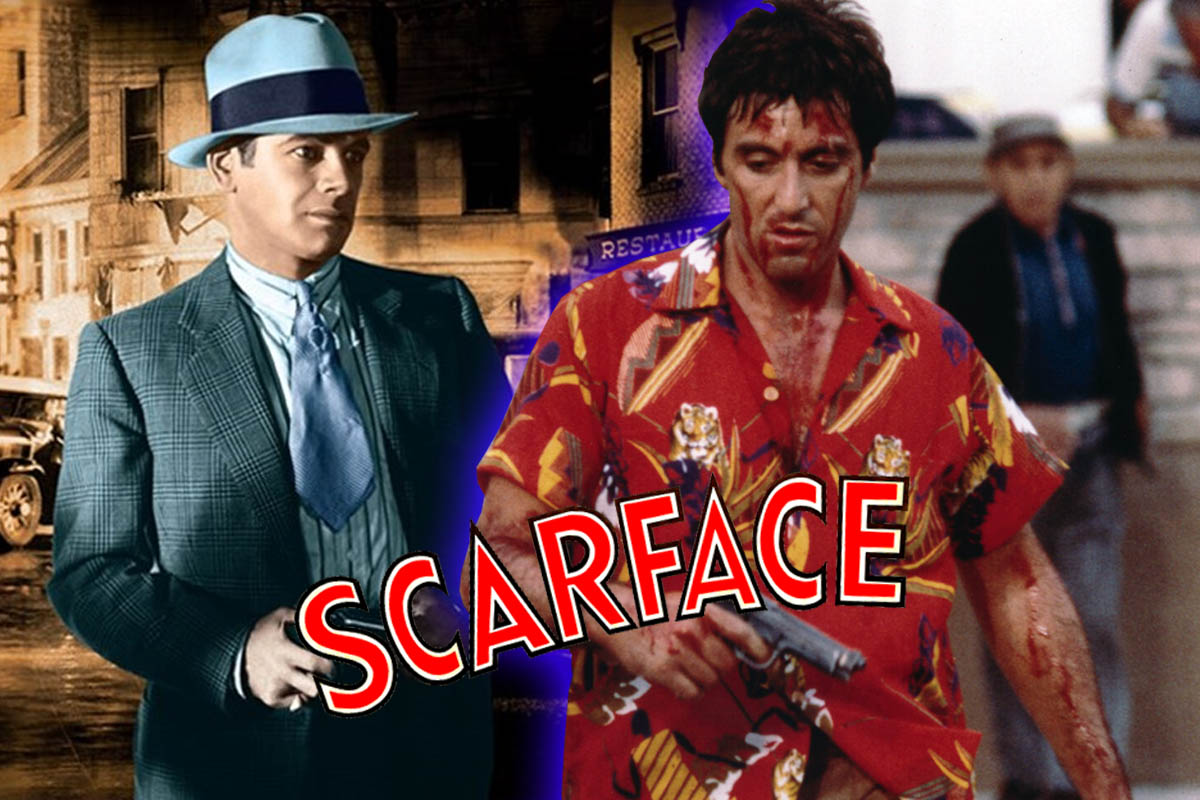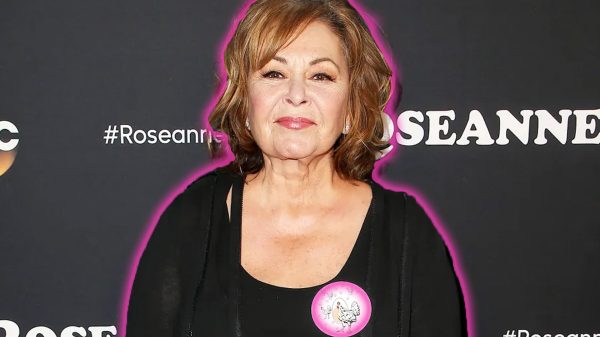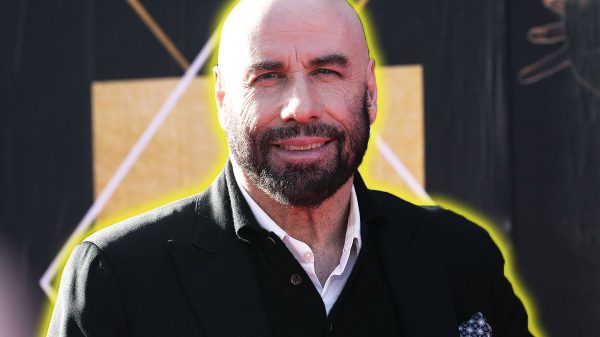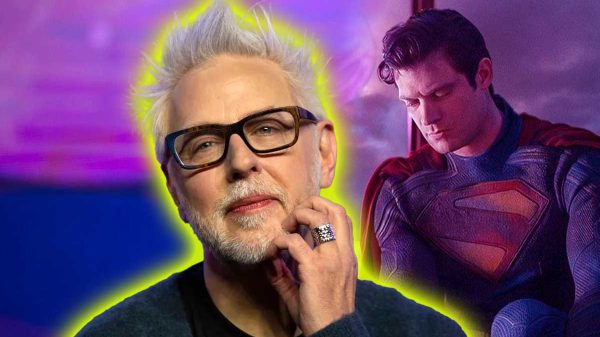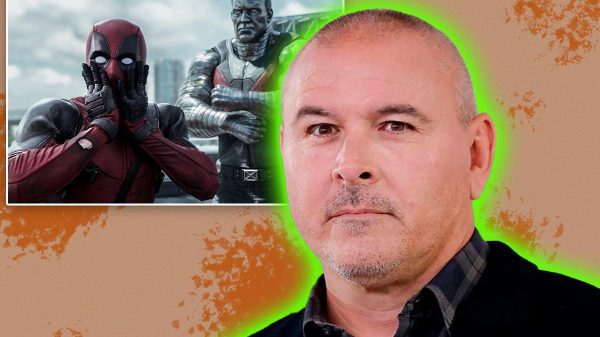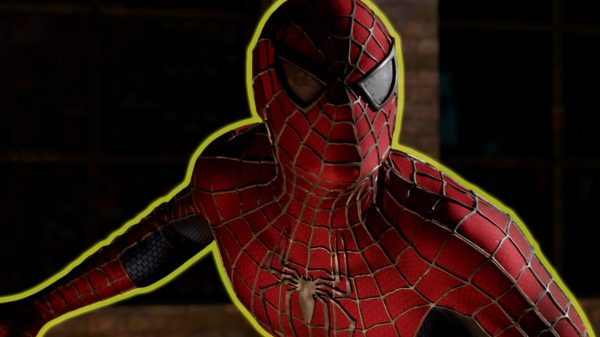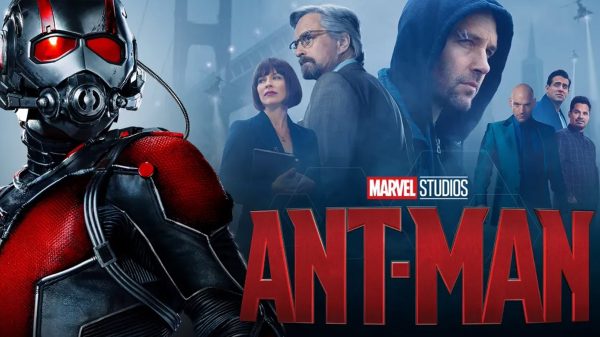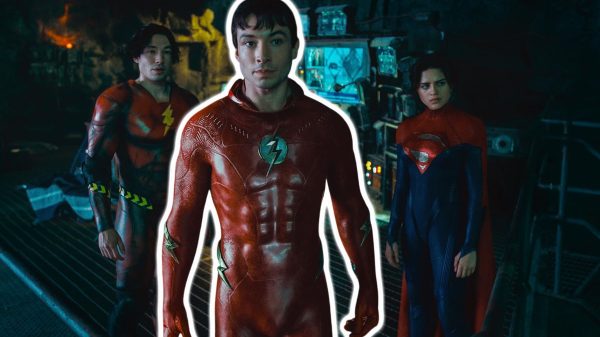Tony Montana from the ‘Scarface’ movies was portrayed by Paul Muni in 1932 and Al Pacino in 1983. Today, we’ll make a comprehensive comparison of these two performances and examine various aspects of each portrayal.
Paul Muni (1932)
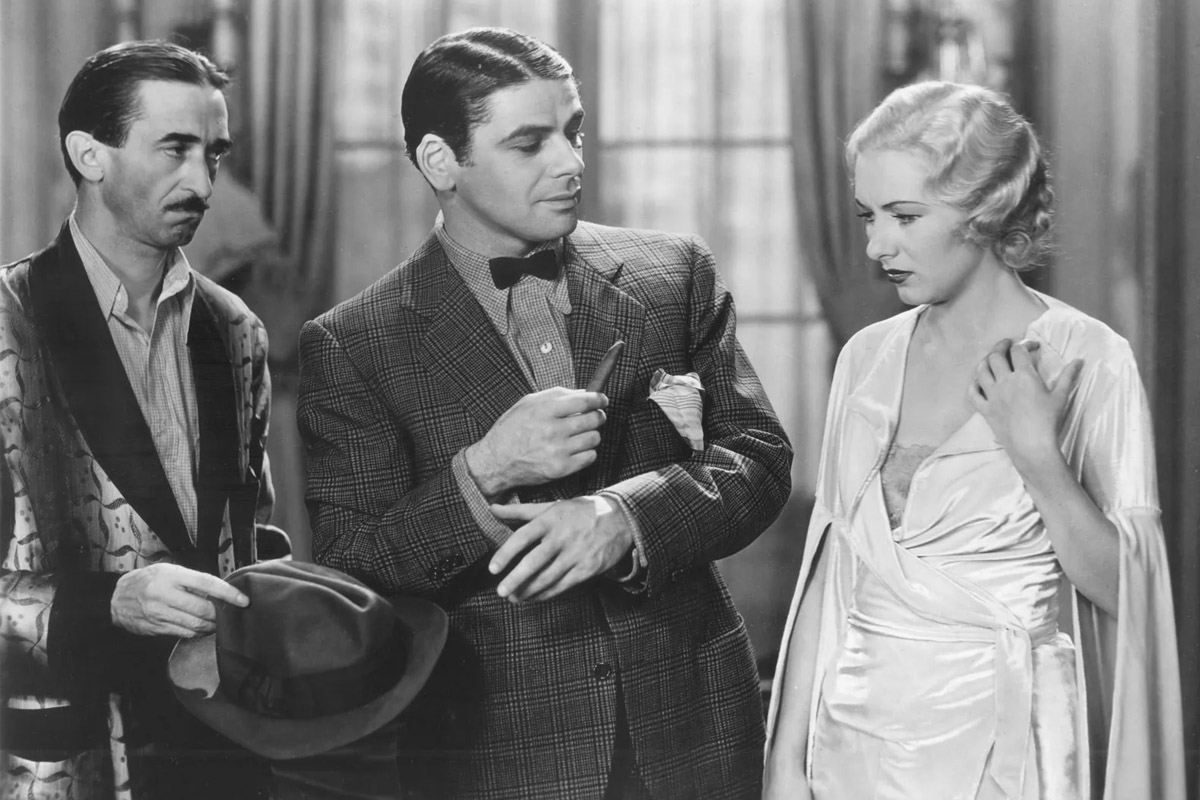
Muni’s role as Antonio ‘Tony’ Camonte in Howard Hawks’ 1932 ‘Scarface’ had a great influence on his career. With his method acting and skill in makeup, Muni brought depth to his character, immersing himself in the role where he portrayed an Italian immigrant gangster.
His performance was widely acclaimed, though he already had an impressive résumé that included five Academy Award nominations and a win for ‘The Story of Louis Pasteur.’ Muni’s work in ‘Scarface’ was notable for its robustness and energy, although some critics argued that his portrayal of the gangster minimally resembled the real-life Al Capone.
Al Pacino (1983)
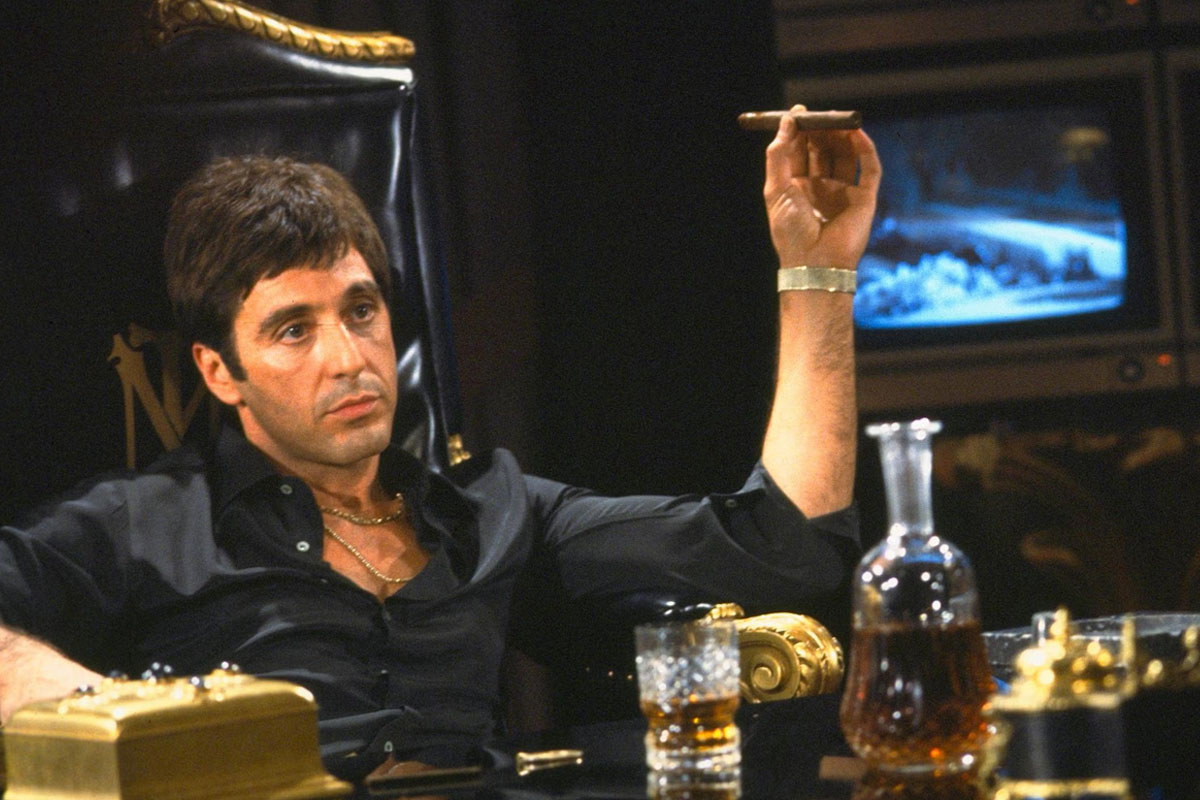
Alfredo James Pacino took on the role of Tony Montana in the 1983 remake of ‘Scarface.’ His portrayal of the Cuban drug dealer became a defining moment in his career, and he brought a distinctive and memorable flair to the character. On Muni’s portrayal in 1982’s ‘Scarface,’ the actor said the following:
“I had been wanting to see ‘Scarface’ since 1974 … The film just stopped me in my tracks. All I wanted to do was imitate Paul Muni. His acting went beyond the boundaries of naturalism into another kind of expression. It was almost abstract what he did. It was almost uplifting.”
So, Pacino’s performance was influenced by Muni’s work in the original film, yet he brought his own unique interpretation to the role.
Stylistic and Narrative Comparisons
The two ‘Scarface’ films, though sharing a title and basic premise, differ in style and substance.
The 1932 film, set against the backdrop of Italian organized crime, had the intention to mobilize public opinion against gangsterism. It also featured more politically charged themes. Muni’s wardrobe, consisting of tight double-breasted suits and vivid ties, contrasted with the character’s brutal nature. This version is noted for its detailed attention to 1930s fashion.
On the other hand, the 1983 film, directed by Brian De Palma, is remembered for Pacino’s performance. His portrayal of Montana in oversized, cheap-looking suits without ties was a departure from Muni’s elegance. This version focused on the character’s ruthless ambition and the violent dynamics of the drug trade.
Cultural Impact of Both Performances
Both actors left their own mark on the character of Tony Montana. Muni’s portrayal in 1932 had its own influence on the genre. Pacino’s interpretation in 1983 redefined the character for a new generation, making Montana a cultural icon. The 1983 version’s Tony Montana, partly inspired by Muni’s Camonte, has become a symbol of the rise from the societal bottom to the top.

